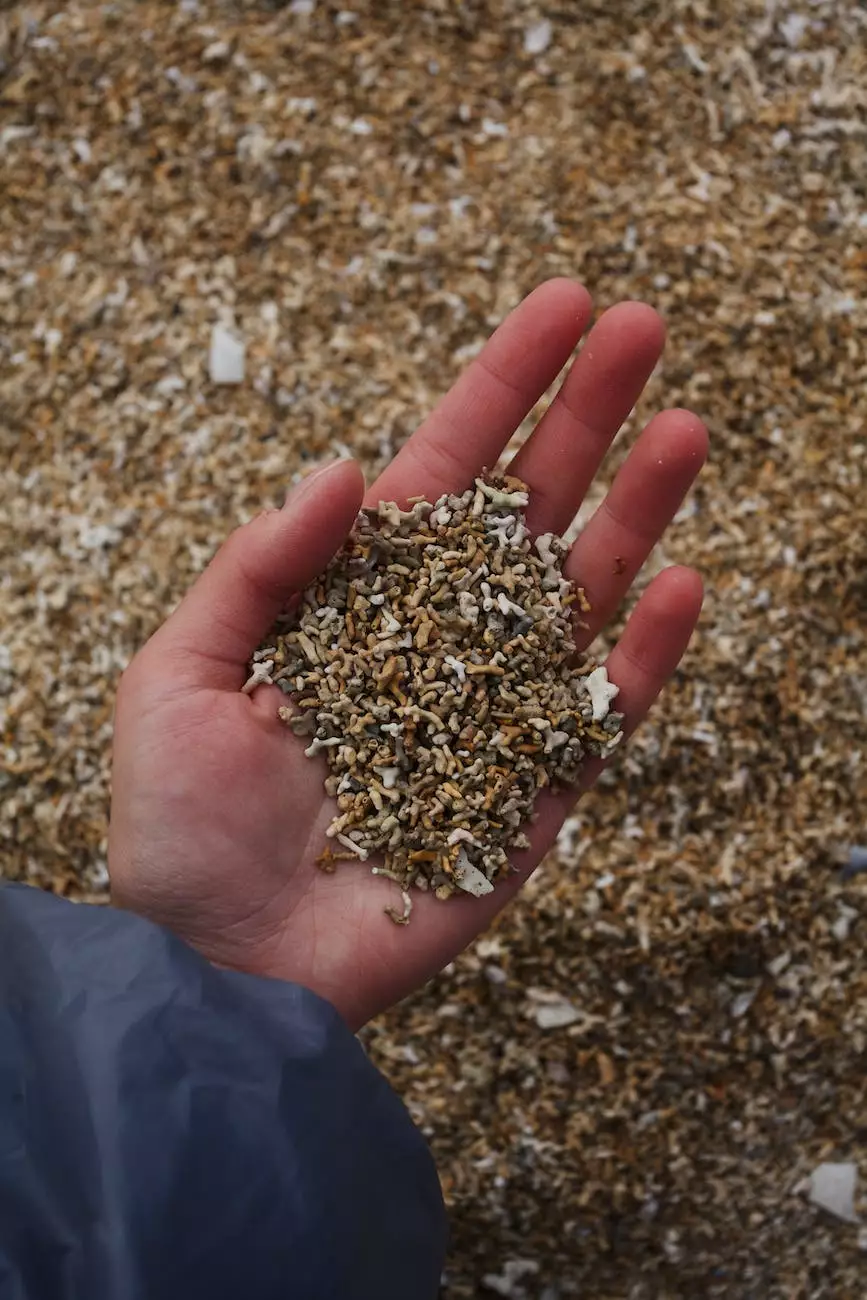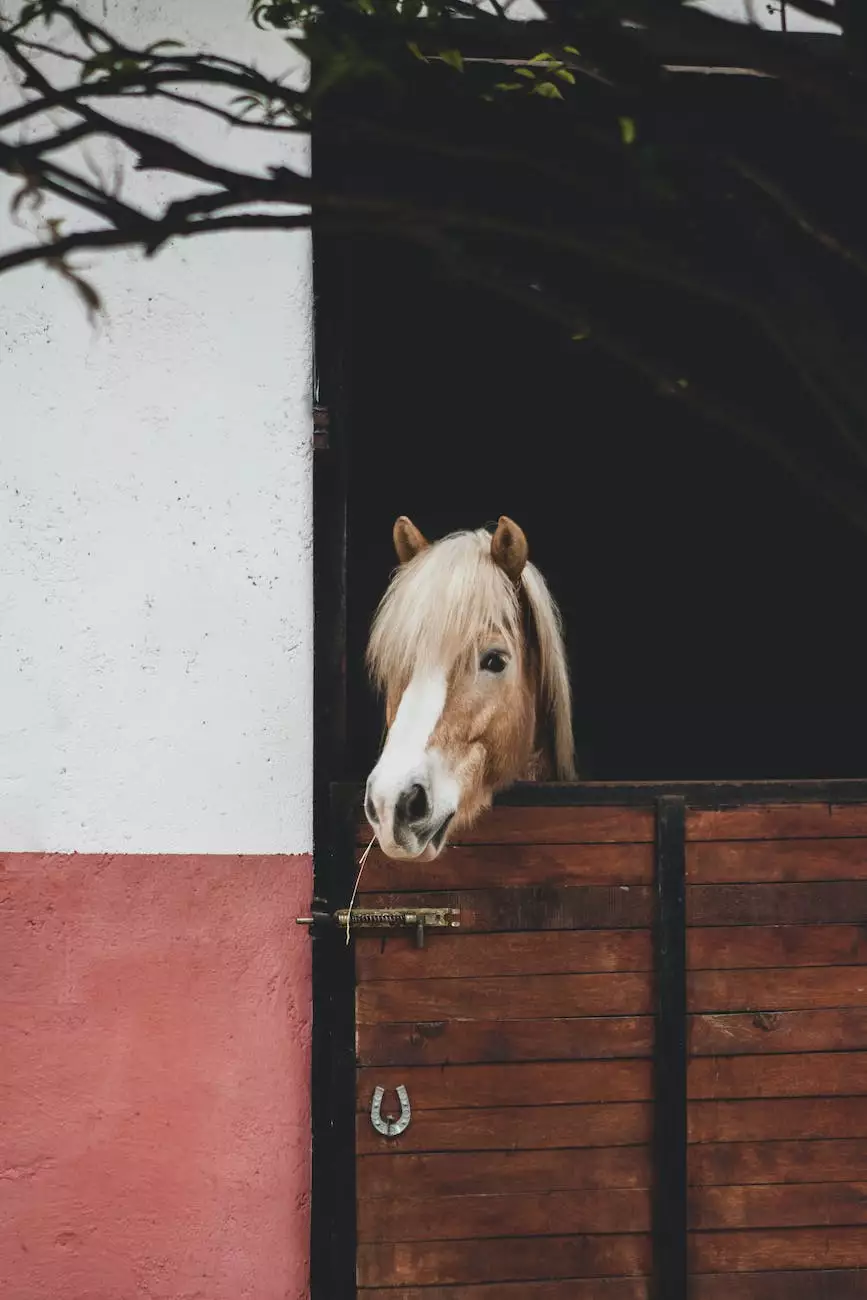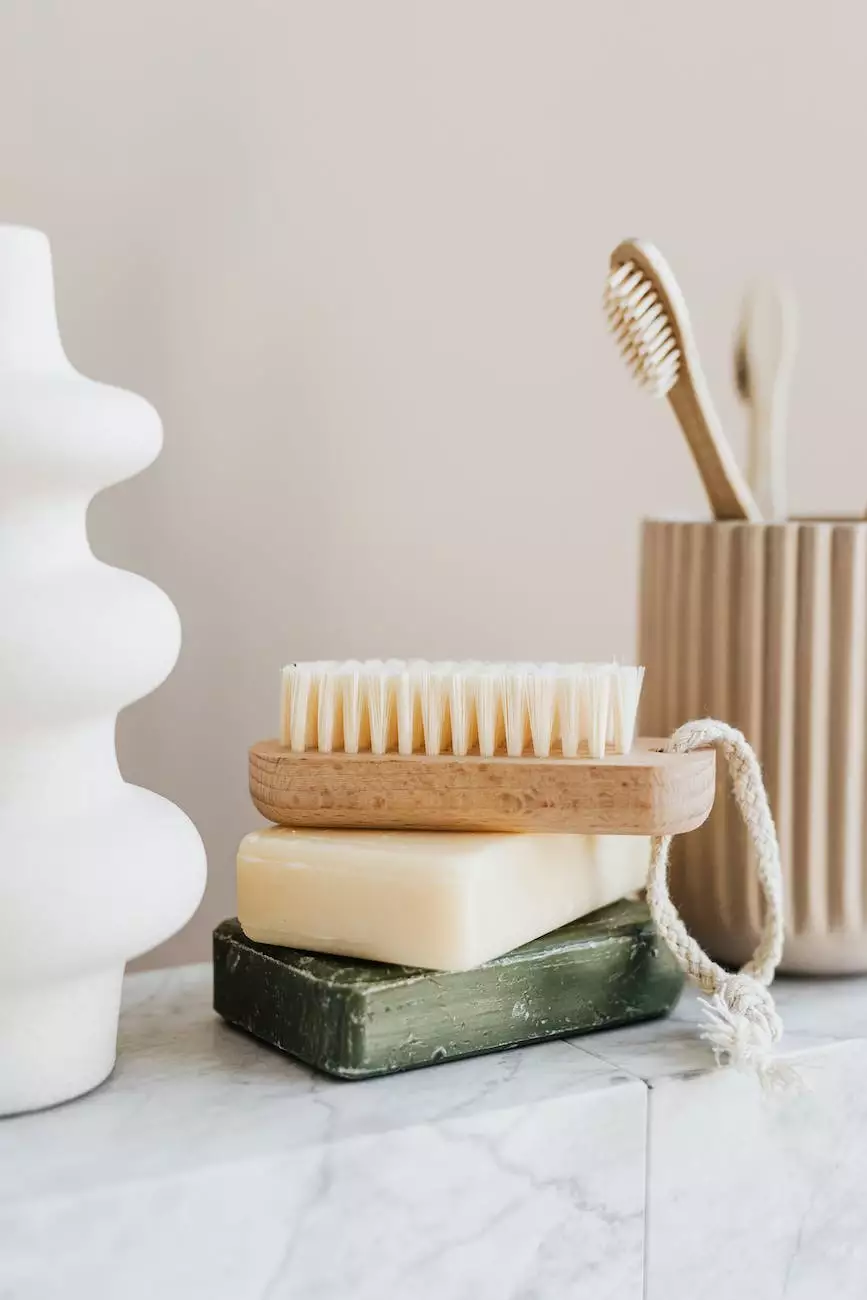September Newsletter: Dry Food vs. Wet Food: Which is Better for Your Cat
Resources
As pet owners, we want the best for our beloved feline companions. One of the most debated topics in the world of cat nutrition is dry food versus wet food. Both options have their pros and cons, so it's essential to understand the differences to make an informed decision for your cat's overall health and well-being.
The Advantages of Dry Food
Dry cat food, also known as kibble, is a popular choice among cat owners for several reasons:
- Convenience: Dry food is readily available and easy to store.
- Cost-Effective: It tends to be more affordable than wet food options.
- Dental Health: The crunchy texture of dry food can help remove plaque and tartar from your cat's teeth.
- Extended Shelf Life: Dry food has a longer shelf life, minimizing the risk of spoilage.
However, it's important to note that not all dry cat food brands are created equal. Look for options that contain high-quality protein sources, essential nutrients, and minimal fillers or artificial additives.
The Benefits of Wet Food
Wet cat food, often referred to as canned food, also offers a range of advantages:
- Hydration: The moisture content in wet food helps keep your cat hydrated, especially for cats who may not drink enough water on their own.
- Promotes Urinary Health: The increased moisture in wet food can help prevent urinary tract issues in cats.
- Tempting Aroma and Flavor: Wet food often has a stronger smell and taste, making it more appealing to picky eaters.
- Easy to Chew: For cats with dental problems or older cats, wet food offers a softer texture that is easier to chew and digest.
When selecting wet food, it's crucial to choose quality options that are balanced and meet your cat's nutritional needs. Keep an eye out for those with real meat as the primary ingredient and void of any harmful additives or excessive fillers.
The Considerations for Choosing the Right Diet
Ultimately, the decision between dry food and wet food depends on various factors, including your cat's specific needs, preferences, and overall health. Consider the following points to help you choose the right diet:
- Your Cat's Age: Kittens, adult cats, and senior cats have different nutritional requirements. Consult with your veterinarian to determine the best diet for your cat's life stage.
- Health Concerns: Cats with specific health conditions, such as urinary tract issues or dental problems, may benefit from a particular diet. Seek veterinary advice for any underlying concerns.
- Weight Management: If your cat needs to maintain or lose weight, certain diets may be more suitable. Discuss portion control and calorie intake with your veterinarian.
- Feeding Schedule: Decide whether free-feeding or scheduled meal times work best for your cat's routine and ensure the chosen diet aligns with your preferred feeding schedule.
- Budgetary Constraints: Consider the financial aspect of providing either dry or wet food consistently. Evaluate the cost and determine a budget that suits your needs.
Remember, cats are individuals, and what works for one may not work for another. It's essential to observe your cat's behavior, monitor their weight, and consult with your veterinarian to make any necessary adjustments to their diet.
Conclusion
Choosing between dry food and wet food for your cat is a personal decision that should be based on careful consideration of the advantages and disadvantages of each option. Both have their unique benefits, and it's up to you to determine what best suits your cat's nutritional needs, preferences, and overall health. Remember to prioritize high-quality ingredients and consult with your veterinarian to ensure you are providing the best possible diet for your feline companion.









